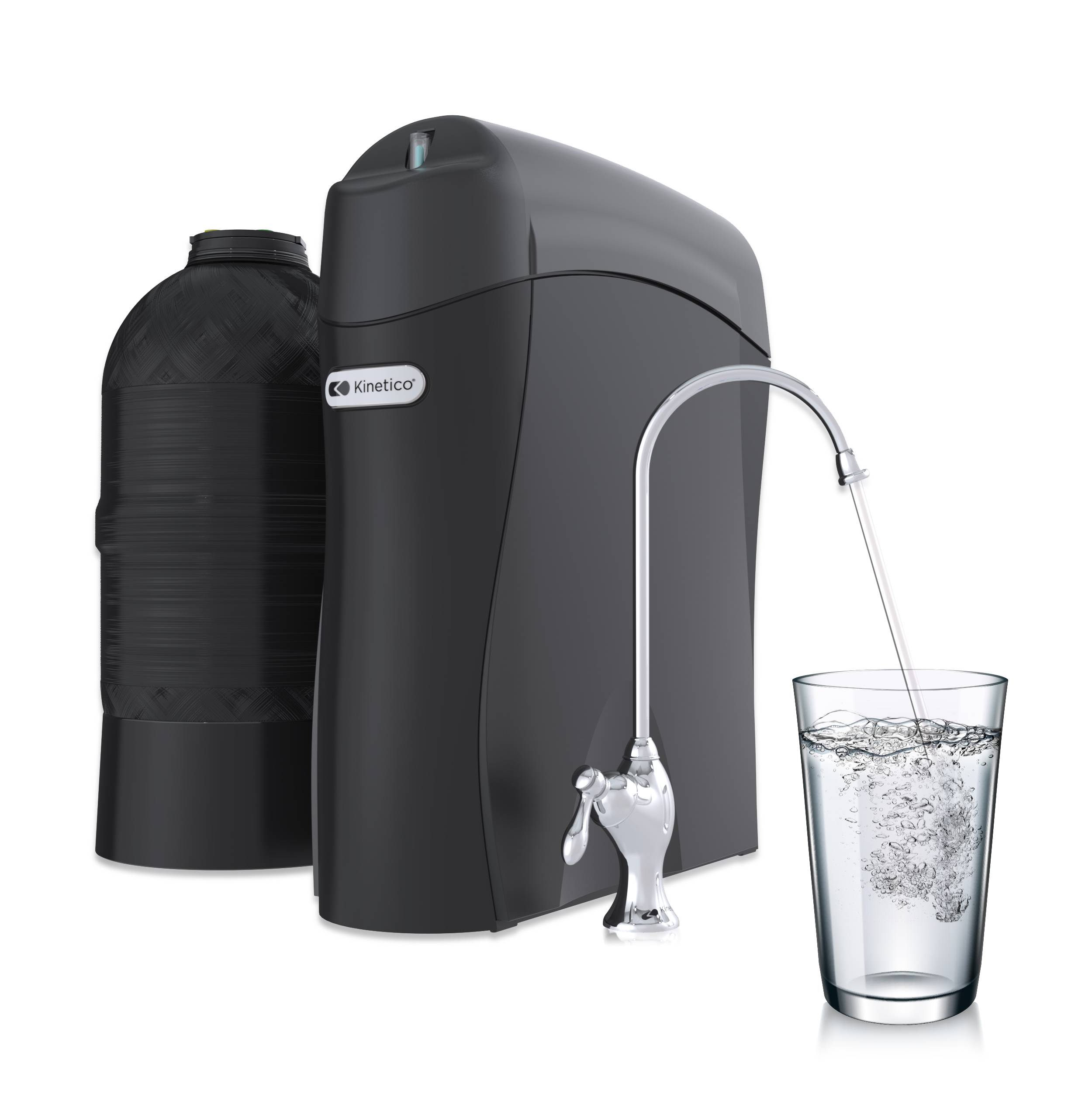A quick look at the specifications for a softener will provide you with some numbers and properties that most of us have used to compare other appliances. Things like height, width, power consumption, efficiency and hardness removal capacity can give us a basis to compare one softener to another. Softeners may also be described as either “cocurrent” or “countercurrent”. These two terms describe the regeneration process, and although both methods accomplish the same ultimate purpose, they are very different.
Ion exchange softeners follow a sequence of steps when cleaning the tanks with a salt solution. The most common salt solutions in use are brines made from water and either sodium chloride or potassium chloride. The regeneration sequences always include the controlled introduction of brine followed by the steps which rinse out the brine in preparation for another service cycle. Regeneration restores the ability to exchange hardness out of the service water passing through. Regeneration can happen as frequently as every day as incoming hard water depletes the softening capacity.
Depletion of the resin bed during the service cycle happens in the same manner for most softeners. Starting from a freshly regenerated state, hard water enters at one end of the bed. The leading edge of the bed is the first to become depleted. Water is softened as the resin is converted from a sodium or potassium form into a calcium or magnesium form. With continued use, the region of depleted resin grows from the leading edge through the length of the bed. Eventually the resin bed reaches a state where the entrance portion is the most completely depleted, and only a small portion near the exit remains unused. When just a small reserve capacity remains, it’s the end of the useful life cycle and the best time to start either a cocurrent or a countercurrent regeneration.
In cocurrent softener regeneration, the cleaning effort flows in the same direction as the water being treated. Brine enters at the service entrance and exits at the service exit. Brine regenerates the bed as it creates and pushes a highly concentrated wave of hardness ions off the resin beads. As the hardness ions make their way towards the exit, there is continuous exchange and re-exchange of hardness ions and regeneration ions onto and off of all the resin beads in the wave’s path. By the time the hardness wave flows out of the bed, the only remaining undepleted resin near the service exit has most certainly been depleted. This zone near the service exit is then regenerated with the very last of the brine which has already travelled through the entire resin bed.
In a countercurrent regeneration, the cleaning effort flows in the opposite direction of the service flow. The least depleted portion of the resin bed near the service exit receives the first brine, and the brine exits near the service water entrance. The concentrated wave of displaced hardness ions travels backwards through the bed as the regeneration progresses to completion. The service water entrance to the bed is the zone experiencing the strongest concentration of hardness ions and the last of the brine.
So what does this directional difference mean with respect to the water quality delivered to the house? When the regeneration is over, the beds may be in two very different conditions. A cocurrent softener could very likely have resin in a more highly regenerated state near the service entrance. A countercurrent softener is more likely to have the service exit zone more fully regenerated. In a case where the brine dosage is very high, there could be a third possibility of near complete regeneration for both regeneration methods. This third case is rarely seen because of the reduced salt efficiency of extremely thorough regenerations. Diminished returns on softening capacity arise as the increasing the brine dose brings the resin bed toward theoretical maximums.
So for economically regenerated systems, the softener bed with the countercurrent regeneration has one distinct characteristic regarding water quality. When service water exits the tank to be used by the customer, it has most recently passed through the most highly regenerated portion of the bed.


